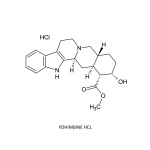
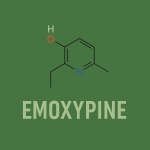
N-Acetyl-Cysteine-Ethyl-Ester (NACET)
22,00 € – 38,00 €Plage de prix : 22,00 € à 38,00 €
Note: For research and educational purposes only. Not intended for human consumption.
A powerful antioxidant and precursor to glutathione, NACET offers enhanced bioavailability compared to regular NAC. Known for supporting cellular health, detoxification, and immune function, it’s a potent ally for daily wellness and oxidative stress defense. Much stronger than plain NAC and much better bioavailability!
i) Primary Pharmacological Actions of NACET:
Potential Benefits
- Enhanced Bioavailability: More easily absorbed than regular NAC, allowing for better cellular uptake.
- Glutathione Booster: Helps raise levels of glutathione, the body’s master antioxidant.
- Powerful Antioxidant: Protects cells from oxidative stress and free radical damage.
- Supports Detoxification: Aids liver function and the removal of harmful toxins.
- Neuroprotective Effects: May support brain health and cognitive resilience.
- Immune System Support: Helps modulate immune response and reduce inflammation.
ii) NACET Primary Pharmacological Properties
NACET is not a direct agonist of major neurotransmitter receptors (e.g., dopamine, serotonin, GABA). However, it can indirectly modulate several neurotransmitter systems:
1. Glutamate System (Indirect Modulation)
- NAC and NACET modulate the cystine–glutamate antiporter (system x<sub>c</sub><sup>−</sup>), increasing extracellular glutamate in a controlled manner.
- This modulates mGluR2/3 receptors (metabotropic glutamate receptors), potentially normalizing glutamate levels—especially useful in addiction, mood disorders, and neurodegeneration.
2. Dopaminergic System (Indirect)
- By reducing oxidative stress and glutamate excitotoxicity, NACET may protect dopaminergic neurons, which is relevant in conditions like Parkinson’s disease.
- It may help regulate dopamine signaling indirectly via glutathione modulation and redox balance.
Other Pharmacological Actions
Glutathione Precursor
- NACET rapidly enters cells and converts to L-cysteine, the rate-limiting precursor to glutathione (GSH) synthesis.
- Compared to NAC, it raises intracellular GSH levels much more efficiently—especially in the brain.
Antioxidant & Cytoprotective Effects
- Strong ROS and RNS scavenging activity.
- Protects against oxidative stress, inflammation, and cellular damage.
Mitochondrial Protection
- Improves mitochondrial function, potentially preventing mitochondrial dysfunction in neurodegenerative diseases.
Anti-inflammatory
- Downregulates NF-κB and other pro-inflammatory cytokines.
- Modulates immune response, helpful in chronic inflammation and autoimmune conditions.
iii) NACET Dosing Overview
Note: NACET is significantly more potent than NAC. For reference:
- NAC typical dose = 600–1200 mg/day
- NACET equivalent = ~1/5 to 1/10 of NAC dose
- Daily dose of NACET: 100–300 mg per day (due to high potency and bioavailability)
- Best taken on an empty stomach
- Enhances absorption due to better gastric pH conditions
- Food, especially protein, may delay or reduce absorption
iv) Important Considerations & Warnings
Metal Chelation Potential
-
- NACET may bind to metals like zinc, copper, or iron, potentially lowering absorption.
Tip: Separate from mineral supplements by at least 2 hours.
- NACET may bind to metals like zinc, copper, or iron, potentially lowering absorption.
High Potency – Start Low
- NACET is far more bioavailable than NAC — start with 100 mg or less to assess tolerance.
- Avoid exceeding 600 mg/day unless under professional guidance.
Possible Side Effects
- Mild and rare, but can include:
- Headache, fatigue
- GI discomfort or nausea (especially on an empty stomach)
- Unusual sulfur odor in breath or urine (normal with sulfur-containing aminos) – can’t stress enough how intense is its smell!
| Συσκευασία |
6 g. ,12 g. |
|---|
TECHNICAL SPECIFICATIONS :
| Aspect | Details |
|---|---|
| Product Name | NACET |
| CAS Number | 59587-09-6 |
| Purity | 99% |
| Test Method | HPLC |
Ideal storage is done in a cool and dry place, away from direct sunlight and heat. Has to be labeled clearly at all times and be kept out of reach of children!
WHAT TO AVOID :
DISCLAIMER :
As stated in the short description, this and other products of subsection of
“Nootropics” in our e-shop are NOT intended for human consumption! Those products are available for collection purposes or for other lawful use for which the consumer has taken care to be explicitly informed on a personal level in every aspect that may be affecting them.
The information provided in the descriptions of products which can be found in “Nootropics” subsection – as available from ethosherbals.com, SMARTSHOP Main Category – is of an academic nature. This information is not intended to be used for human consumption of the products in question. It is not intended to diagnose, prevent or treat any medical condition. It is not intended to be a substitute for any medical treatment.
Vous devez être connecté pour publier un avis.

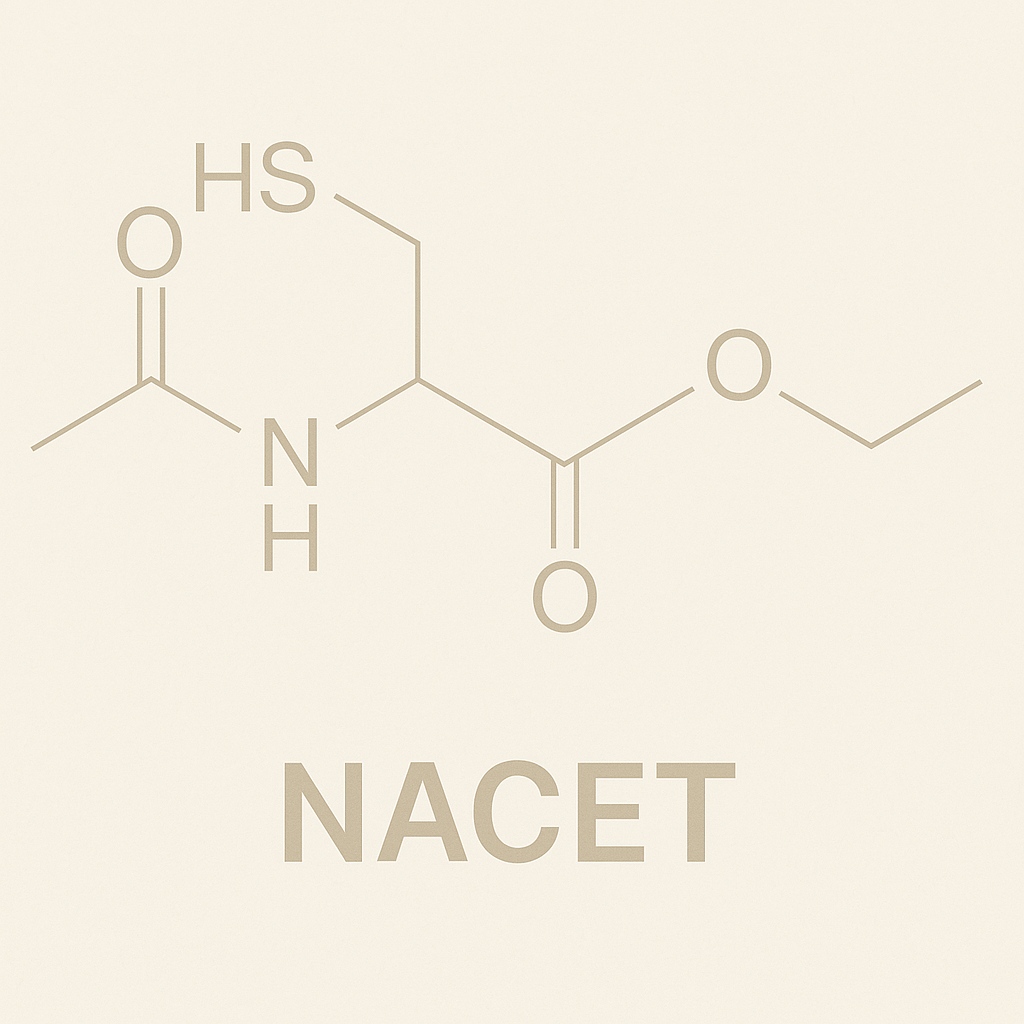
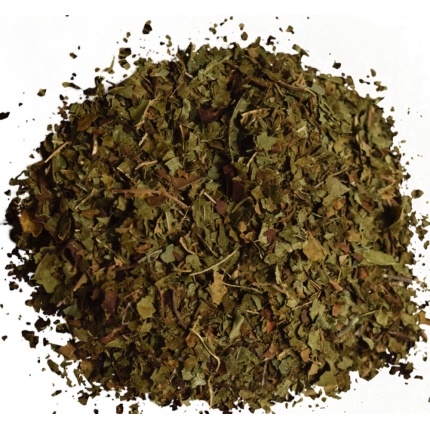
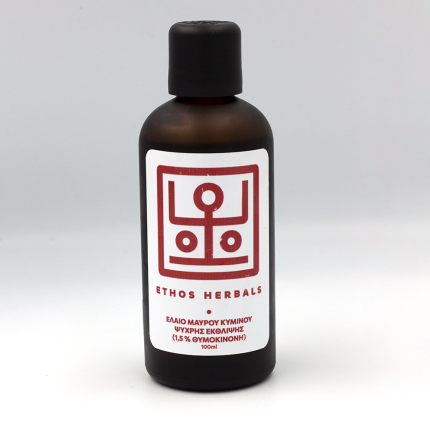
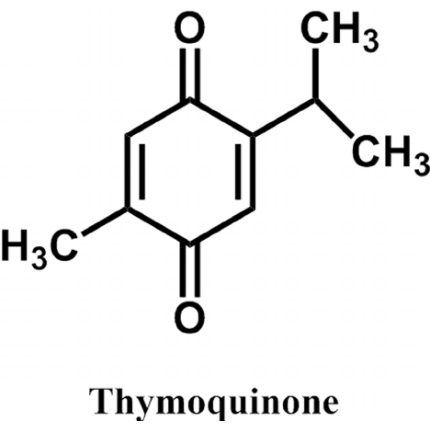
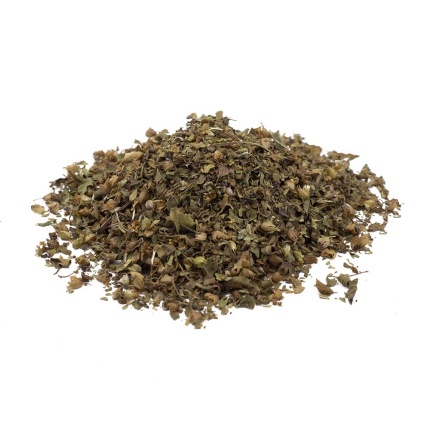

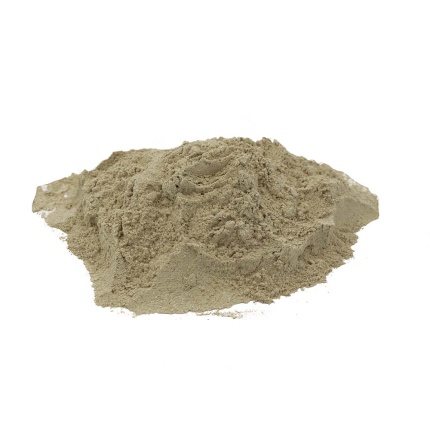
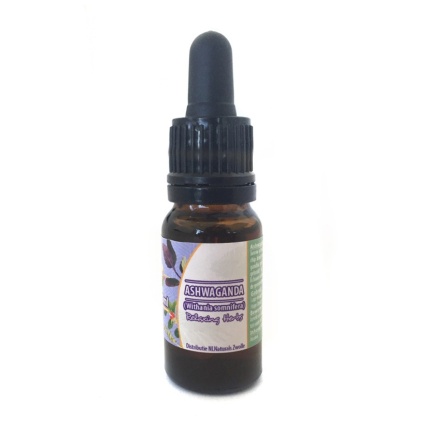
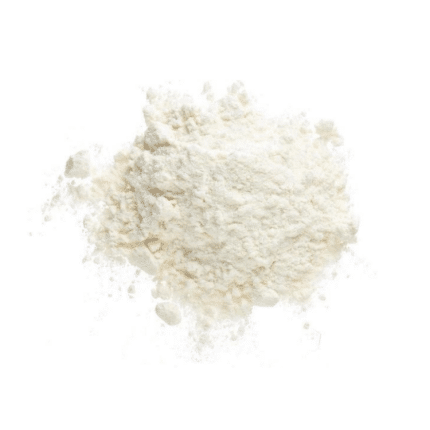
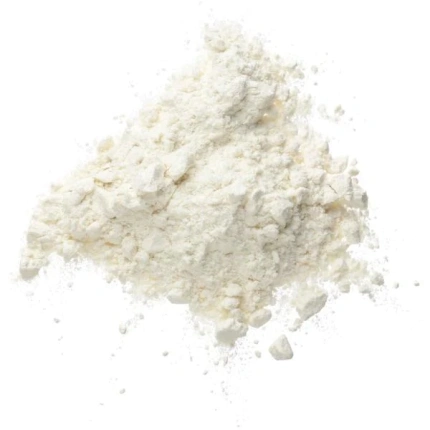
 Ethos Herbals Blends
Ethos Herbals Blends Κάνναβη
Κάνναβη SmartShop
SmartShop VapeShop
VapeShop Θεραπευτικά Βότανα
Θεραπευτικά Βότανα Κακάο & Τσάι
Κακάο & Τσάι Αρωματοθεραπεία
Αρωματοθεραπεία Ethos Lifestyle
Ethos Lifestyle
Avis
Il n’y a pas encore d’avis.